eMaybe 1972?
look up
you see clear water and dead leaves settled on the stream bed
look again
stars reflect on the waterskin that must be in the night sky overhead/
behind you since you are looking up.
But the space disorients. Are these the same stars?
Wait, they shine on the water and through the leaves
from another sky beneath – beyond the stream.
It's not dark, no, not night, either.
Every element is waiting.
What does this mean?
And suddenly, though they were always there, there are layers and layers of water skins and stars reflecting and retreating, refracting.
In that almost wake state, someone asks
Can you walk through these walls?
Yes but not easily.
look up
you see clear water and dead leaves settled on the stream bed
look again
stars reflect on the waterskin that must be in the night sky overhead/
behind you since you are looking up.
But the space disorients. Are these the same stars?
Wait, they shine on the water and through the leaves
from another sky beneath – beyond the stream.
It's not dark, no, not night, either.
Every element is waiting.
What does this mean?
And suddenly, though they were always there, there are layers and layers of water skins and stars reflecting and retreating, refracting.
In that almost wake state, someone asks
Can you walk through these walls?
Yes but not easily.


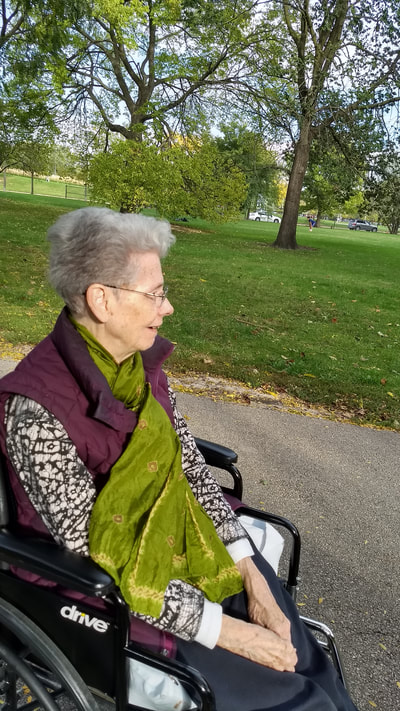
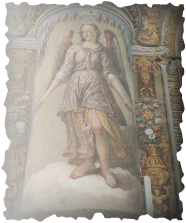


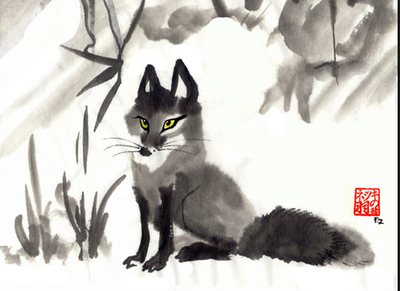
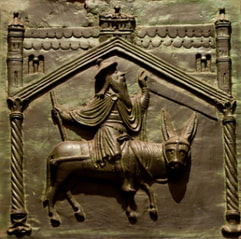
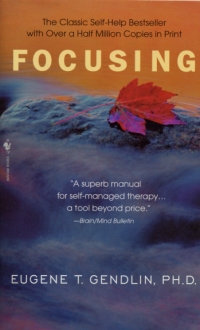
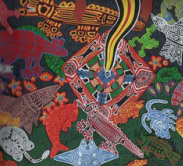
 RSS Feed
RSS Feed
